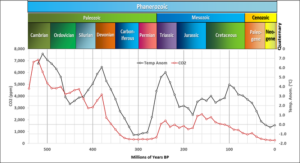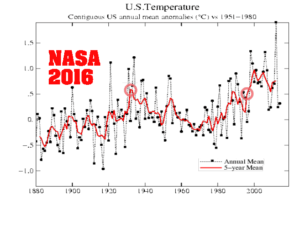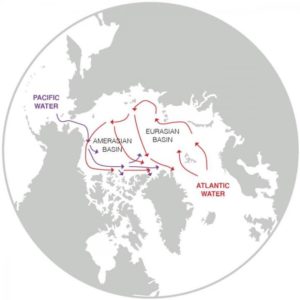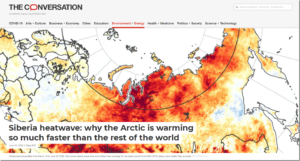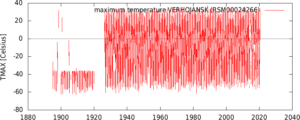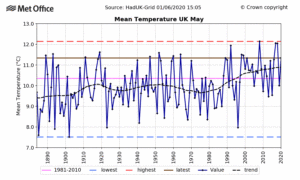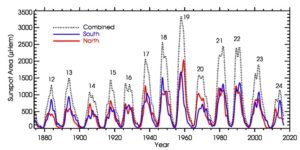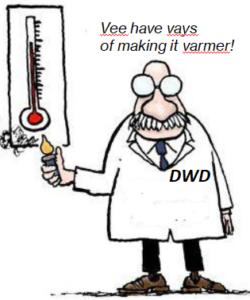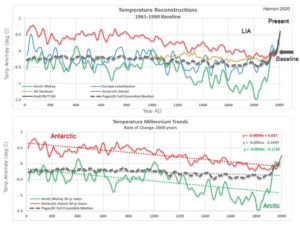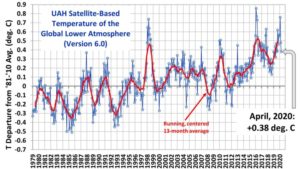by Eric Worall, July 24, 2020 in WUWT
A new climate study has dismissed utterly implausible high end climate models. But the new study also seeks to raise the low end of the range of estimated climate sensitivity into the discomfort zone.
…
The treatment of cloud feedback is interesting. The study acknowledges large cloud feedback uncertainties, mentions the Lindzen et al. (2001) “iris effect”, and admits GCMs cannot be trusted to reproduce observed cloud response, yet still appears to attempt to derive a cloud feedback factor based on satellite observations, and mix this observational cloud factor with model predictions.
The treatment of clouds may turn out to be one of the most controversial assumptions in the study – as Pat Frank has pointed out on a number of occasions, the magnitude of model cloud response error is significantly greater than the CO2 driven warming which models attempt to project, which calls into question whether climate models have any predictive skill whatsoever.
To the author’s credit they have described their method in great detail, so I’m looking forward to detailed responses to this study.

